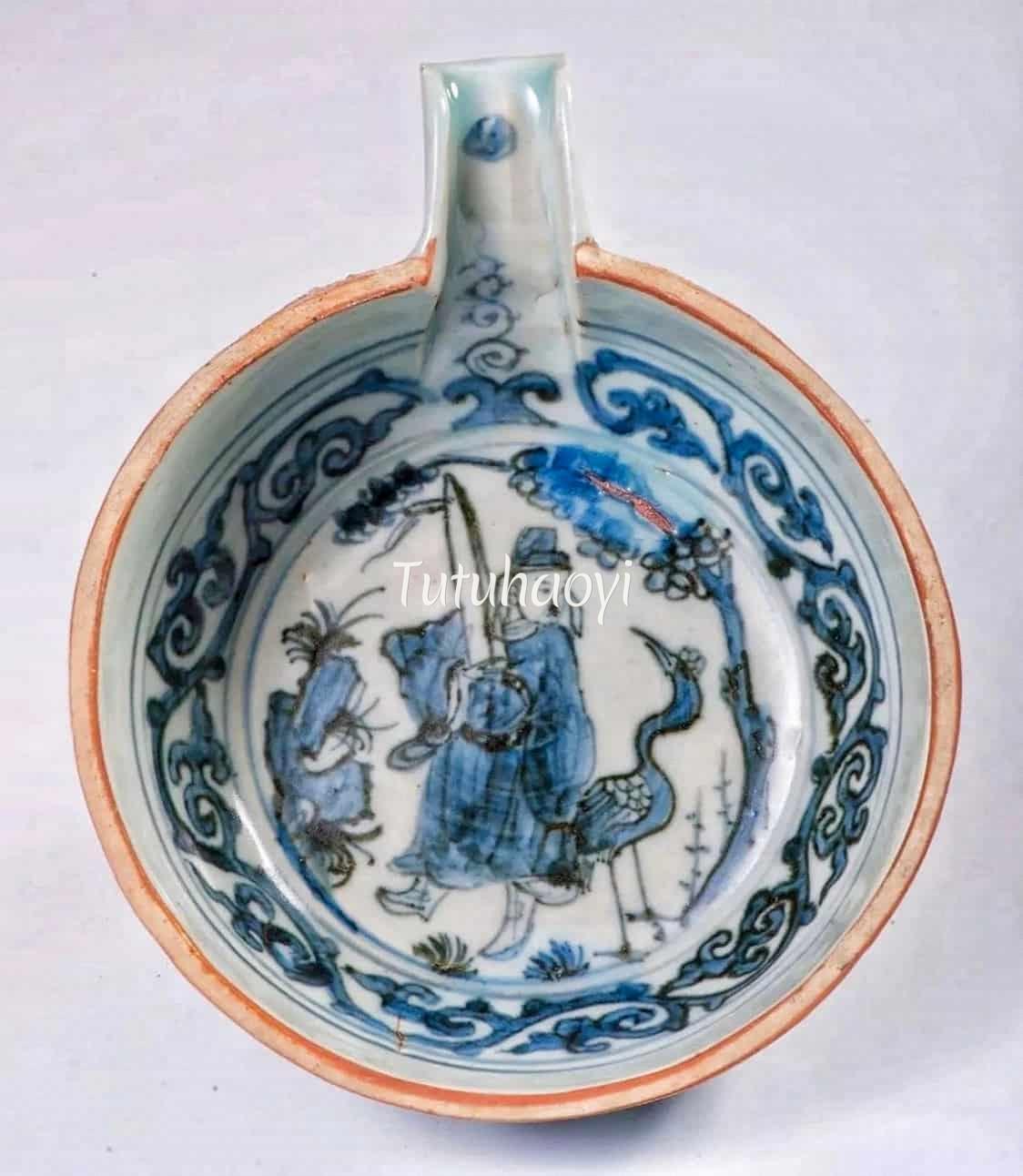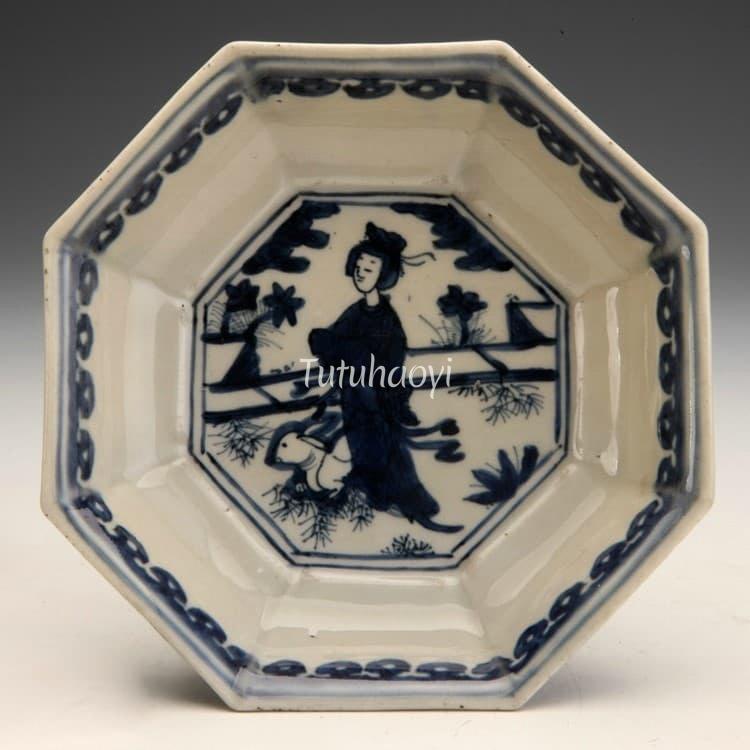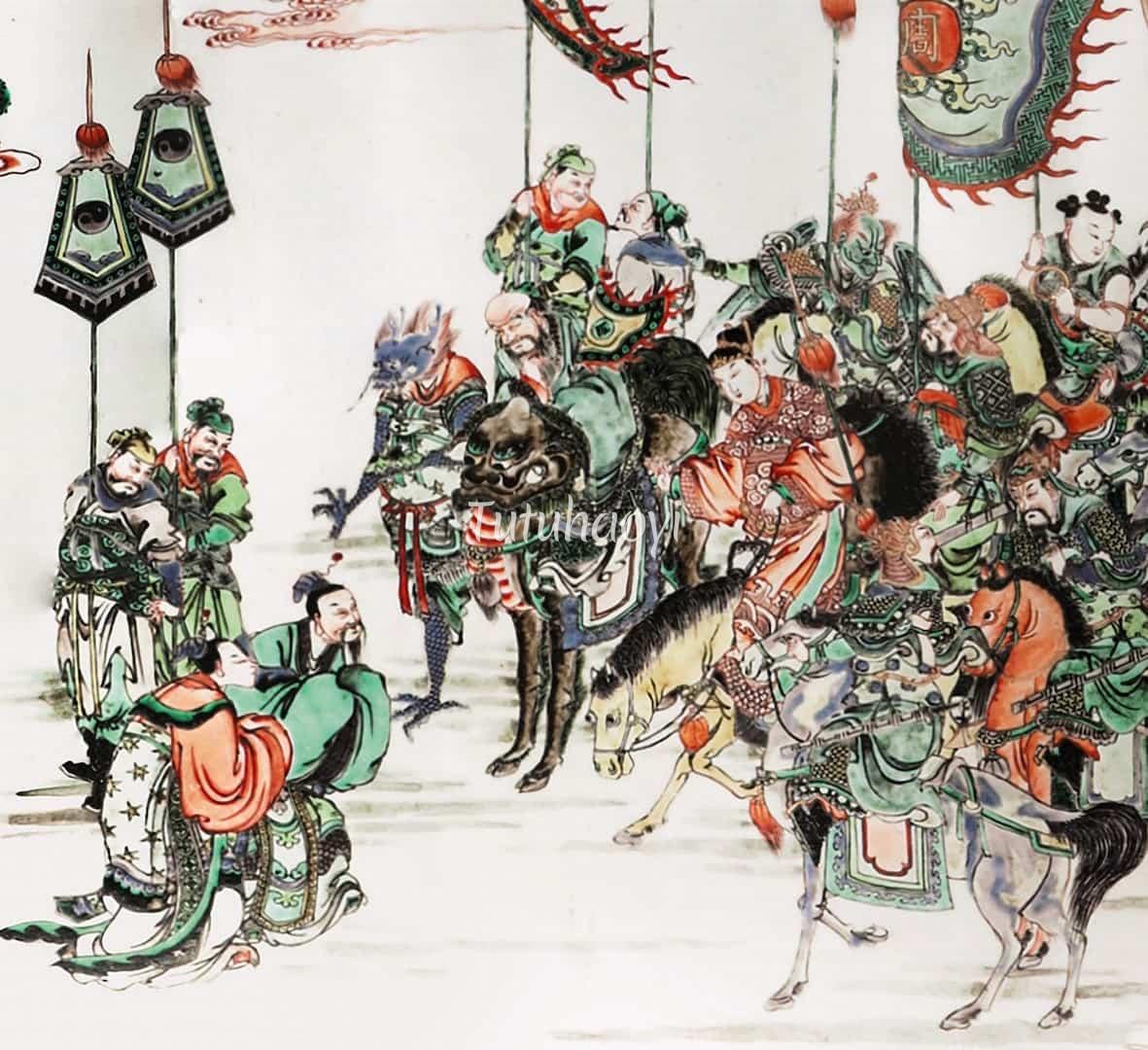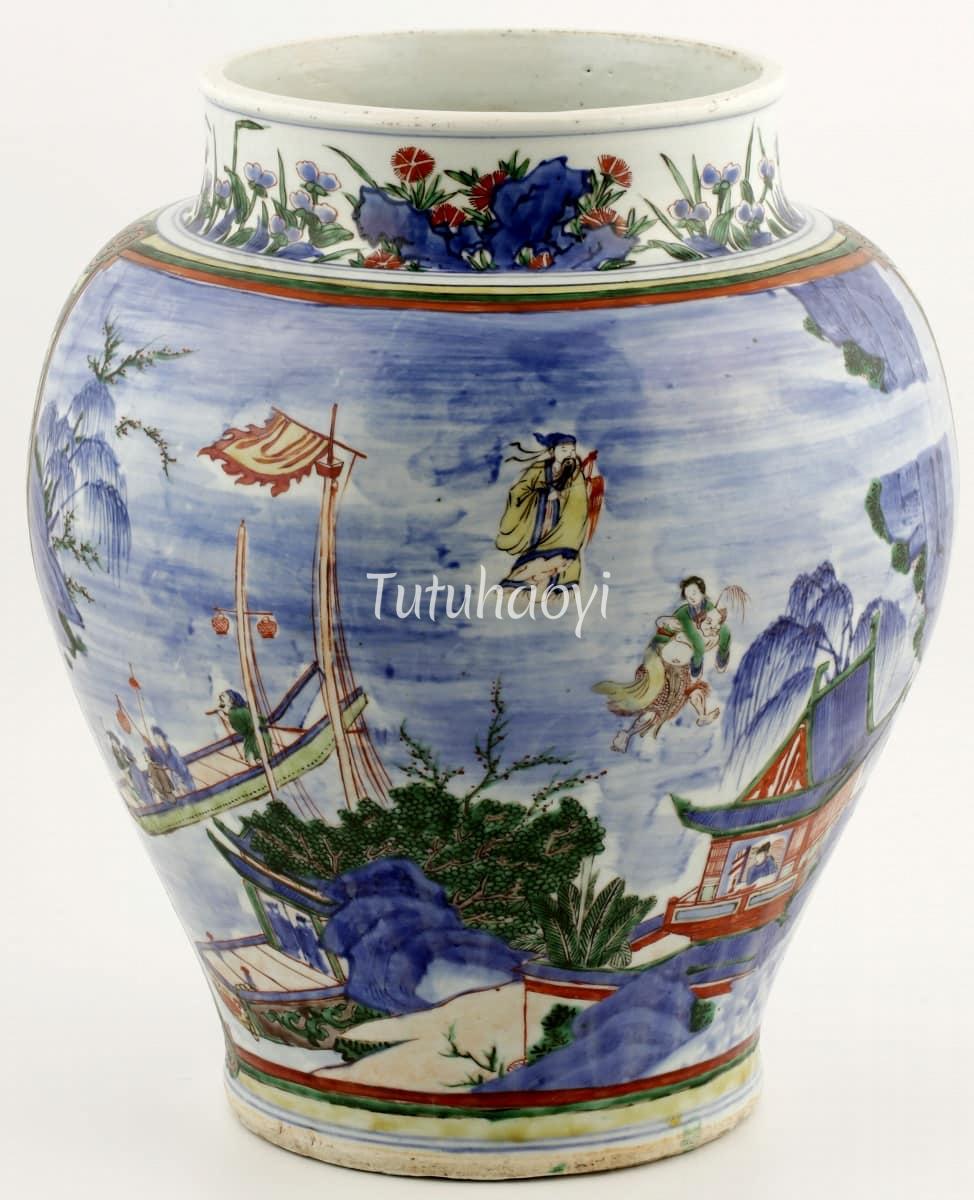- No products in the cart.
Chinese Pinyin: Ni Jin Bao Jie
Chinese: 泥金报捷
Name Of Image: Yingying receiving good news delivered by the pageboy
Description:
This is a story from the Romance of the Western Chamber, a famous Chinese play written by Wang Shifu (王实甫, 1260-1336) in Yuan dynasty (1271-1368): On his way to the capital to take civil-service exams, Scholar Zhang (张生) fell in love …
Continue reading “Yingying receiving good news delivered by the pageboy”










